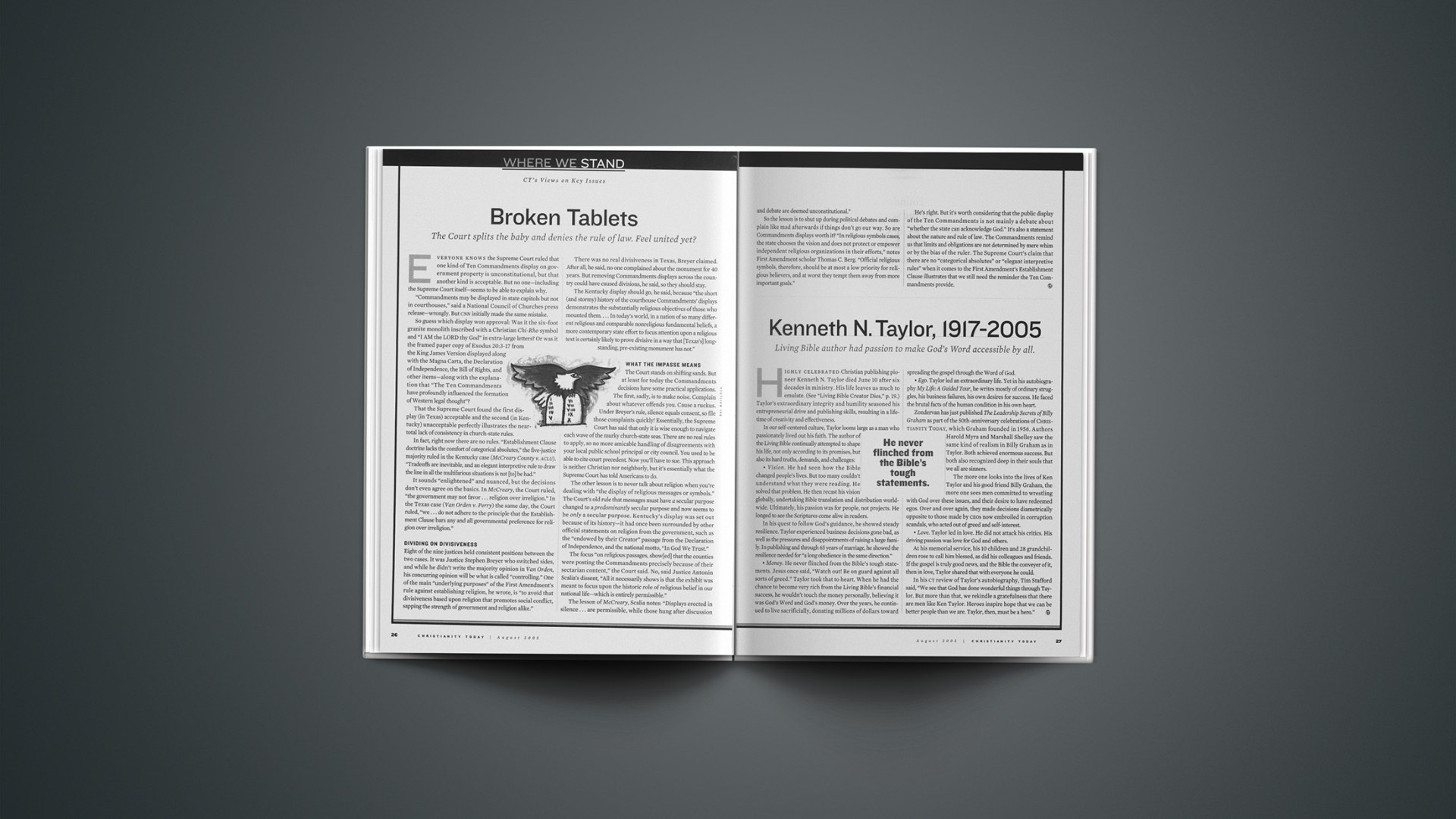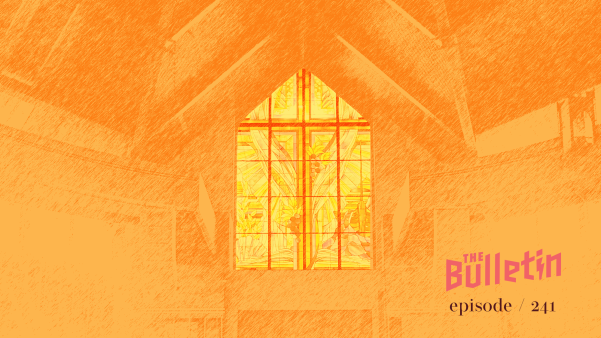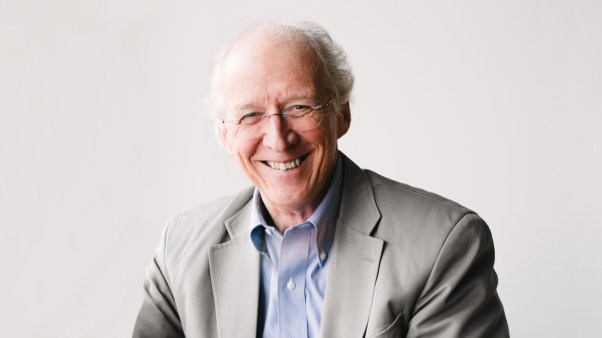Everyone knows the Supreme Court ruled that one kind of Ten Commandments display on government property is unconstitutional, but that another kind is acceptable. But no one—including the Supreme Court itself—seems to be able to explain why.
“Commandments may be displayed in state capitols but not in courthouses,” said a National Council of Churches press release—wrongly. But cnn initially made the same mistake.
So guess which display won approval: Was it the six-foot granite monolith inscribed with a Christian Chi-Rho symbol and “I AM the LORD thy God” in extra-large letters? Or was it the framed paper copy of Exodus 20:3-17 from the King James Version displayed along with the Magna Carta, the Declaration of Independence, the Bill of Rights, and other items—along with the explanation that “The Ten Commandments have profoundly influenced the formation of Western legal thought”?
That the Supreme Court found the first display (in Texas) acceptable and the second (in Kentucky) unacceptable perfectly illustrates the near-total lack of consistency in church-state rules.
In fact, right now there are no rules. “Establishment Clause doctrine lacks the comfort of categorical absolutes,” the five-justice majority ruled in the Kentucky case (McCreary County v. ACLU). “Tradeoffs are inevitable, and an elegant interpretive rule to draw the line in all the multifarious situations is not [to] be had.”
It sounds “enlightened” and nuanced, but the decisions don’t even agree on the basics. In McCreary, the Court ruled, “the government may not favor … religion over irreligion.” In the Texas case (Van Orden v. Perry) the same day, the Court ruled, “we … do not adhere to the principle that the Establishment Clause bars any and all governmental preference for religion over irreligion.”
Dividing on Divisiveness
Eight of the nine justices held consistent positions between the two cases. It was Justice Stephen Breyer who switched sides, and while he didn’t write the majority opinion in Van Orden, his concurring opinion will be what is called “controlling.” One of the main “underlying purposes” of the First Amendment’s rule against establishing religion, he wrote, is “to avoid that divisiveness based upon religion that promotes social conflict, sapping the strength of government and religion alike.”
There was no real divisiveness in Texas, Breyer claimed. After all, he said, no one complained about the monument for 40 years. But removing Commandments displays across the country could have caused divisions, he said, so they should stay.
The Kentucky display should go, he said, because “the short (and stormy) history of the courthouse Commandments’ displays demonstrates the substantially religious objectives of those who mounted them. … In today’s world, in a nation of so many different religious and comparable nonreligious fundamental beliefs, a more contemporary state effort to focus attention upon a religious text is certainly likely to prove divisive in a way that [Texas’s] longstanding, pre-existing monument has not.”
What the Impasse Means
The Court stands on shifting sands. But at least for today the Commandments decisions have some practical applications. The first, sadly, is to make noise. Complain about whatever offends you. Cause a ruckus. Under Breyer’s rule, silence equals consent, so file those complaints quickly! Essentially, the Supreme Court has said that only it is wise enough to navigate each wave of the murky church-state seas. There are no real rules to apply, so no more amicable handling of disagreements with your local public school principal or city council. You used to be able to cite court precedent. Now you’ll have to sue. This approach is neither Christian nor neighborly, but it’s essentially what the Supreme Court has told Americans to do.
The other lesson is to never talk about religion when you’re dealing with “the display of religious messages or symbols.” The Court’s old rule that messages must have a secular purpose changed to a predominantly secular purpose and now seems to be only a secular purpose. Kentucky’s display was set out because of its history—it had once been surrounded by other official statements on religion from the government, such as the “endowed by their Creator” passage from the Declaration of Independence, and the national motto, “In God We Trust.”
The focus “on religious passages, show[ed] that the counties were posting the Commandments precisely because of their sectarian content,” the Court said. No, said Justice Antonin Scalia’s dissent, “All it necessarily shows is that the exhibit was meant to focus upon the historic role of religious belief in our national life—which is entirely permissible.”
The lesson of McCreary, Scalia notes: “Displays erected in silence … are permissible, while those hung after discussion and debate are deemed unconstitutional.”
So the lesson is to shut up during political debates and complain like mad afterwards if things don’t go our way. So are Commandments displays worth it? “In religious symbols cases, the state chooses the vision and does not protect or empower independent religious organizations in their efforts,” notes First Amendment scholar Thomas C. Berg. “Official religious symbols, therefore, should be at most a low priority for religious believers, and at worst they tempt them away from more important goals.”
He’s right. But it’s worth considering that the public display of the Ten Commandments is not mainly a debate about “whether the state can acknowledge God.” It’s also a statement about the nature and rule of law. The Commandments remind us that limits and obligations are not determined by mere whim or by the bias of the ruler. The Supreme Court’s claim that there are no “categorical absolutes” or “elegant interpretive rules” when it comes to the First Amendment’s Establishment Clause illustrates that we still need the reminder the Ten Commandments provide.
Copyright © 2005 Christianity Today. Click for reprint information.
Related Elsewhere:
Weblog commented on the two Supreme Court decisions the day they were made.
McCreary County vs. American Civil Liberties Union and Van Orden V. Perry are available from Findlaw.com.
Our full coverage of the Ten Commandments debates is available on our website.










